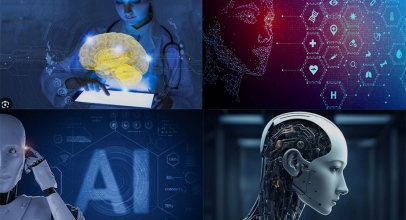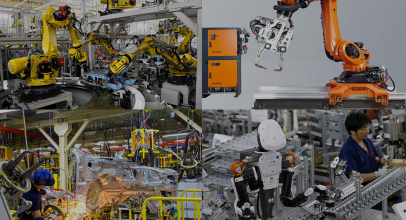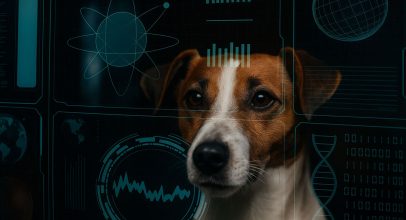Veterinary medicine is experiencing a quiet revolution — not loud, not glamorous, but profoundly humane. While big cities discuss artificial hearts and quantum computers, in a small veterinary surgery room delicate instruments glimmer, monitors softly beep, and in the veterinarian’s hands a fragile life is given another chance.
See an example where modern care already meets compassion: https://vetspayandneutred.com/ — here every detail, every gesture, every decision reflects science and sincere love for animals.
Imagine an early morning at a veterinary clinic. Soft rays of sunlight spill through the windows, a tiny patient breathes gently under a warm blanket, machines hum quietly.
A veterinarian, calm and focused, touches a small cat with the tenderness of an artist preparing their canvas. Around them — ultrasound machines, digital monitors, micro-sensors.
Technology doesn’t replace kindness. It amplifies it.
New veterinary technologies are a bridge between precision and compassion — where machines reveal what animals cannot say.
Why Technology Is Transforming Veterinary Care
Once, a veterinarian relied solely on intuition, observation, and experience. Today they stand side-by-side with data science, molecular medicine, and digital diagnostics. And not because empathy is weaker — but because true empathy wants tools strong enough to save more lives.
Technology doesn’t take away the heart of medicine — it elevates it.
It makes care sharper, faster, safer.
What modern innovation brings
• accurate diagnosis within minutes
• less pain, less stress, faster recovery
• treatment of conditions once considered incurable
• minimized human error
• real-time patient monitoring
Technology is not cold metal. It is a second pair of hands and a second pair of eyes, working where humans reach their physical limit — supported by a warm, caring human heart.
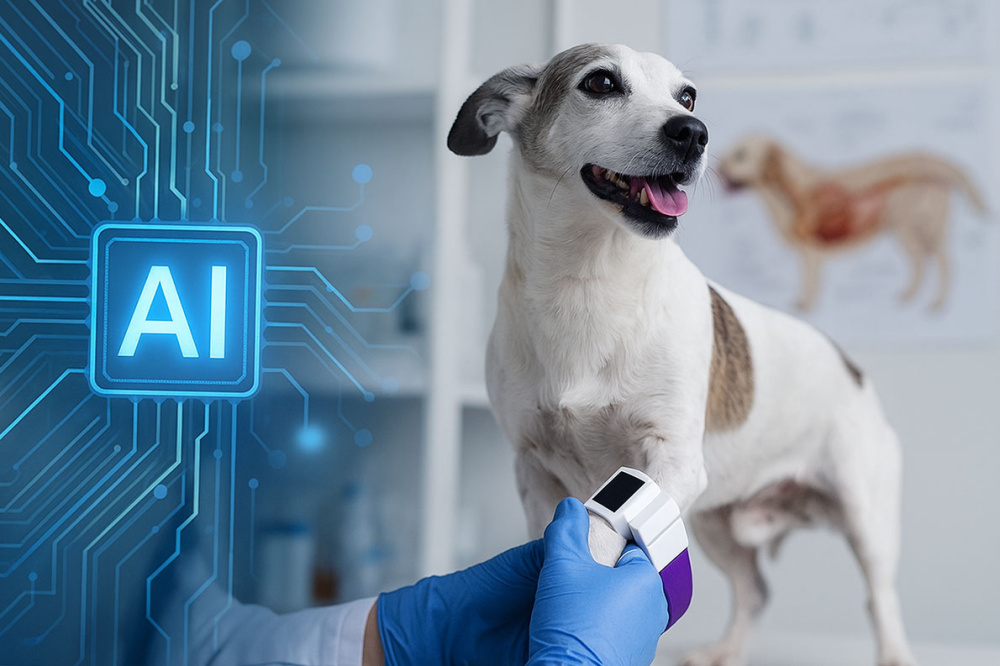
Artificial Intelligence in Veterinary Medicine
AI is not futuristic fiction — it’s already helping veterinarians analyze invisible signs of disease. While a human eye may catch a shadow, an algorithm can detect a microscopic pattern.
AI applications
• reading X-rays and ultrasound scans
• predicting tumor growth and heart disorders
• recommending personalized treatment plans
• detecting early-stage disease long before symptoms
AI is not a rival to a doctor — it is the colleague who sees what others miss.
And while pets don’t know the meaning of “algorithm,” they feel the comfort of easier breath, eased pain, returning energy.
3D Printing and Bioprinting
Just years ago, a prosthetic for an animal sounded like science fiction. Today 3D printers create orthopedic implants and surgical models that let veterinarians practice complex procedures in advance.
What it enables
• custom orthopedic prosthetics
• rehearsal of complex surgeries
• implants tailored to individual bones and joints
Picture a dog who once lost a limb in an accident now running through the grass again, tail wagging, feeling the wind.
3D printing is not technology — it’s freedom restored.
Robotic Surgery and Laparoscopy
Veterinary surgery is becoming delicate like fine jewelry craft. Micro-tools slip through tiny incisions, cameras zoom thousands of times, robotic arms move with perfect control.
Benefits
• minimal trauma
• faster recovery
• microscopic incision marks
• reduced risks and infection
A veterinarian at the robotic console looks like a conductor — guiding invisible orchestra instruments that save lives with millimeter precision.
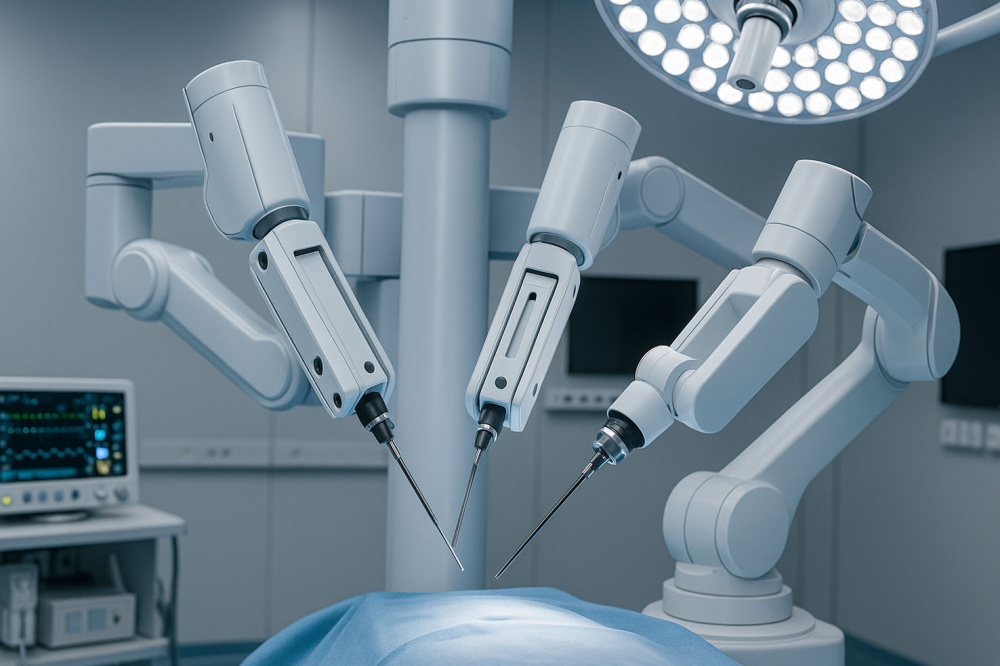
Gene Therapy and Regenerative Medicine
On a molecular level, veterinary care has stepped into the future.
Stem cells and gene-based treatments rebuild tissue, correct hereditary issues, and slow degeneration.
Key methods
• stem cell injections for joint repair
• gene therapy for inherited disorders
• regenerative treatments for aging
Gene therapy isn’t about adding years — it’s about giving better ones.
Pets stay active longer, jump, play, explore — living not only more years, but happier ones.
Next-Generation Diagnostics
Technology lets veterinarians hear the silent language of the body.
Modern diagnostic tools
• high-resolution digital X-ray
• 4D ultrasound (live motion imaging)
• MRI & CT scans for precision mapping
• molecular blood analysis
Diagnosis is no longer a guess — it’s a conversation with the body.
24/7 Health Monitoring
Smart collars, chips, sensors — veterinary care now travels with the pet, not just stays in the clinic.
Capabilities
• tracking heart rate, breathing, temperature
• monitoring movement and behavior
• analyzing stress and sleep
• early alerts about dangerous health changes
A silent guardian rides with every step, every nap, every wagging tail.
Remote & Tele-Veterinary Care
A video call at the right moment can save a life. Telemedicine brings expertise into homes and farms instantly.
Where it helps
• first-stage evaluation
• emergency guidance
• post-surgery monitoring
• long-distance consultations
For families in remote areas or for animals too weak to travel — advice through the screen becomes medicine.
Conclusion
New technologies in animal treatment are not just progress — they are poetry written by science, whispered through soft beeps of monitors and blinking lights of scanners.
Today a veterinarian is not only a healer — but also an engineer, analyst, biologist, caretaker, and often a miracle-maker.


